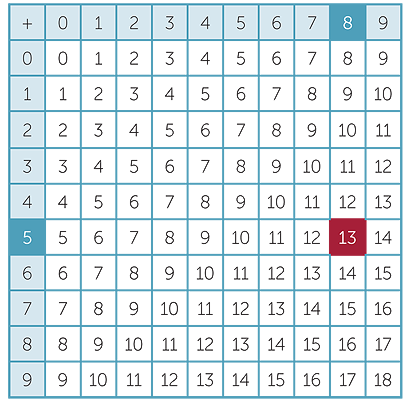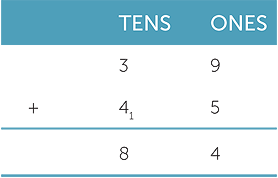Alternative Addition Algorithms
Using this method compute the following sums. This subtraction algorithm avoids the borrowing or regrouping that you need to do in the regular one.
400 and 300 make 700.

Alternative addition algorithms. Algorithms for Subtracting Whole Numbers As with addition base-ten blocks can provide a concrete model for subtrac-tion. 700 and 140 make 840. A The alternative algorithm involves the following steps.
For this reason Everyday Mathematics introduces children to a variety of alternative procedures in addition to. Students are encouraged to experiment with various algorithms and to become proficient with at least one for each operation. The following alternative algorithms are taught and it is possible that you will encounter students using them.
Another algorithm for addition uses the so-called partial sums. Then the partial results are added mentally by means of a chaining method. As they get older they are introduced to addition algorithms.
Subtract in place values using negative numbers the negative numbers algorithm. Research has shown that teaching the standard US. This breakdown process is learned earlier in mental calculation.
Adding up to the minuend in chunks using multiples of 10 and 100 as bridge numbers. The last method is more of a fun trick which can be adapted to numbers. Handbook for Working with Parents and the Public by R.
Should explore different algorithms are note worthy 1. EDM introduces different methods for addition since some are well suited for mental arithmetic or larger numbers. Dard algorithm or an alternative for students who have been unable to learn.
Thinking about Alternative Procedures and Algorithms for Computation Excerpt from Building Support for School Mathematics. A 598 396 b 322 799 572. Alternative Algorithms for Subtraction.
Alternative algorithms provide variety in the mathematics classes. If a subtraction cannot be done in the ones tens etc. Partial Sums Method Addition.
An Alternative Addition Method. Partial-Sums Addition You can add two numbers by calculating partial sums working one place-value column at a time and then adding all the sums to find the total. The method has two stages.
Add in place values and combine. Alternative algorithms may serve as reinforcement and enrichment. Alternative algorithms may help students develop more.
Algorithms fails with large numbers of children and that alternative algorithms are often easier for children to understand and learn. Below are some of the most popular alternative algorithms including the focus algorithms. In the second stage the carries are done to obtain the result.
60 and 80 make 140. Akers-Mitchell Heinemann 2006 Some parents report that they have been told that their childs teacher does not care about algorithms. Algorithms for Whole Numbers Multiplication Similar to addition and subtraction a developemnt of our standard mul-.
Adding on in chunks using multiples of 10 and 100 as bridge numbers. The digits in each column are summed and written on separate lines as shown below. Instead the products of the simpler multiplication steps are ordered without explicit reference to place value.
Algorithms analysed does not use a traditional addition algorithm. After the first stage some columns can have two-digit numbers. An algorithmis a set of steps that gets you to aresult or an answer so an addition algorithm is a set of steps thattakes two numbers and finds the sum.
Alternative Algorithms for Multiplication. Price is Right scaffolding Partial quotients. Addition Algorithms This section presents just a few of the possible algorithms for adding whole numbers.
The first four deal with the situation where there is a place where the number in the bottom is bigger than the number on top and you have to borrow or regroup. This relates to the standard algorithm because it takes the same steps necessary in each place value spot and regroups with the others and the commoncore it fits under is the 3rd grade under numbers and operations in base 10. Algorithms many of these alternative algorithms are more efficient and easier to learn.
Alternative Algorithms for Division. Compared to the standard US. This is similar to a computationstrategy but is a little more organized with the steps laid outclearly.
In the first stage the digits are added one column at a time in each column. Add highest place values and compensate. A fair proportion of students tried to apply the wrong algorithms for example addition when multiplication was required particularly in Years 4 and 5 as illustrated in Figure 15.
Alternative Algorithms for Addition. 13 Algorithms for Multiplication and Divi-sion of Whole Numbers In this section we discuss algorithms of whole numbers multiplication and division. Everyday Column-Addition The Everyday column-addition method was developed by a first grader.
Column Addition To add using the column-addition algorithm draw. And 3 and 2 make 5. An alternatealgorithm is one that is not the standard algorithm that is taught in most schools and textbooks.
In Everyday Mathematics EDM students are introduced to many different methods for addition.
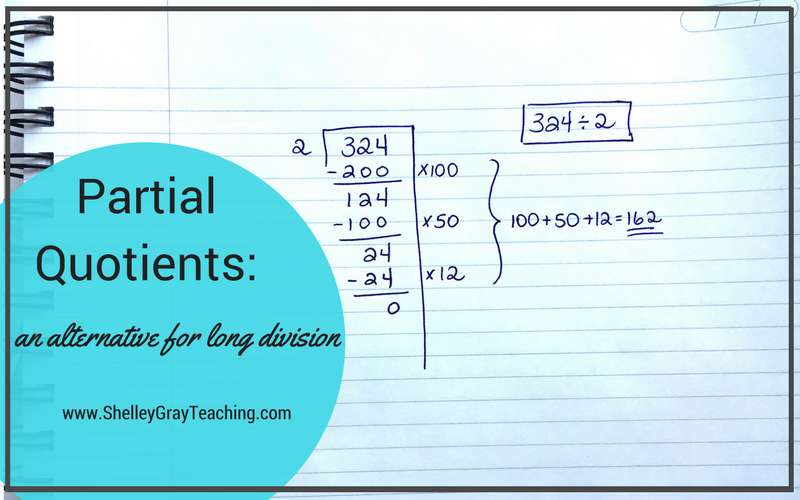 Partial Quotients An Alternative For Traditional Long Division Shelley Gray
Partial Quotients An Alternative For Traditional Long Division Shelley Gray
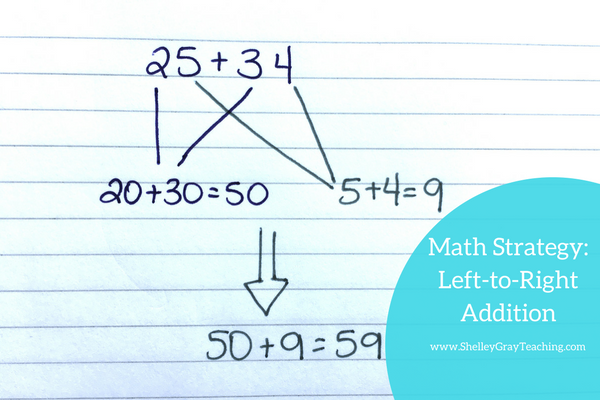 Left To Right Addition An Addition Strategy Shelley Gray
Left To Right Addition An Addition Strategy Shelley Gray
Adding And Subtracting Decimals Helping With Math
 Ways To Solve Multi Digit Addition Problems
Ways To Solve Multi Digit Addition Problems
 The Box Or Area Method An Alternative To Traditional Long Division Shelley Gray
The Box Or Area Method An Alternative To Traditional Long Division Shelley Gray
An Alternative Addition Method Partial Sums Addition Pittsfield Elementary School
 Ways To Solve Multi Digit Addition Problems
Ways To Solve Multi Digit Addition Problems
 Ways To Solve Multi Digit Addition Problems
Ways To Solve Multi Digit Addition Problems
Adding And Subtracting Decimals Helping With Math
 Alternative Algorithms Addition Alternative Algorith Division En Kattiandlauren Math Number Operations Subtraction Glogster Edu Interactive Multimedia Posters
Alternative Algorithms Addition Alternative Algorith Division En Kattiandlauren Math Number Operations Subtraction Glogster Edu Interactive Multimedia Posters
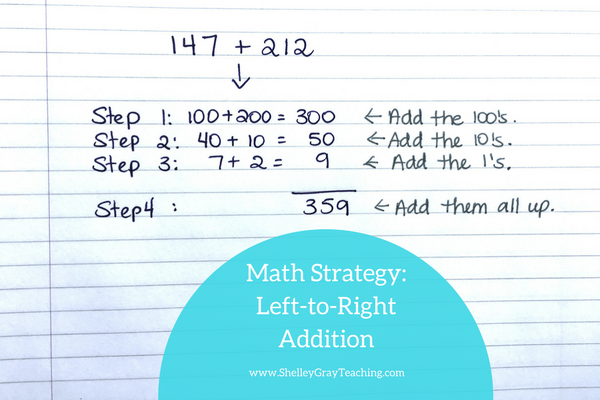 Left To Right Addition An Addition Strategy Shelley Gray
Left To Right Addition An Addition Strategy Shelley Gray
 Left To Right Addition An Addition Strategy Shelley Gray
Left To Right Addition An Addition Strategy Shelley Gray
 The Box Or Area Method An Alternative To Traditional Long Division Shelley Gray
The Box Or Area Method An Alternative To Traditional Long Division Shelley Gray
 Ways To Solve Multi Digit Addition Problems
Ways To Solve Multi Digit Addition Problems
 Ways To Solve Multi Digit Addition Problems
Ways To Solve Multi Digit Addition Problems
Models Strategies For Two Digit Addition Subtraction
